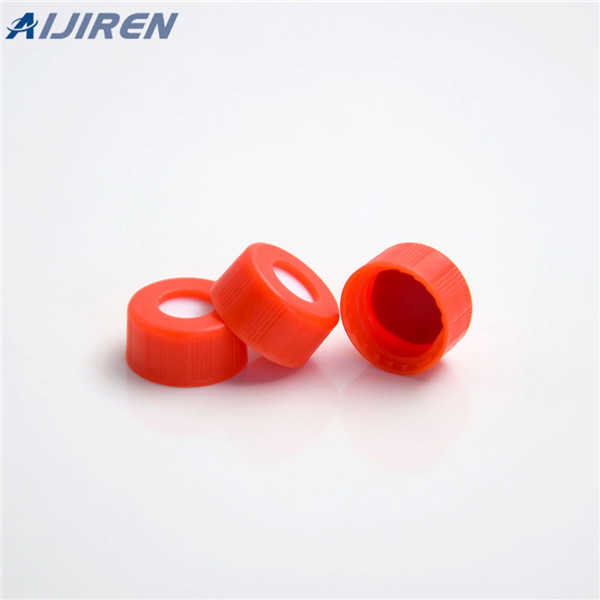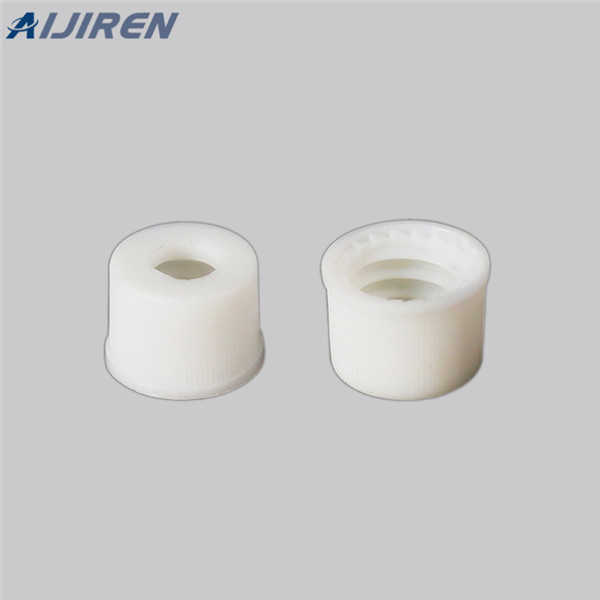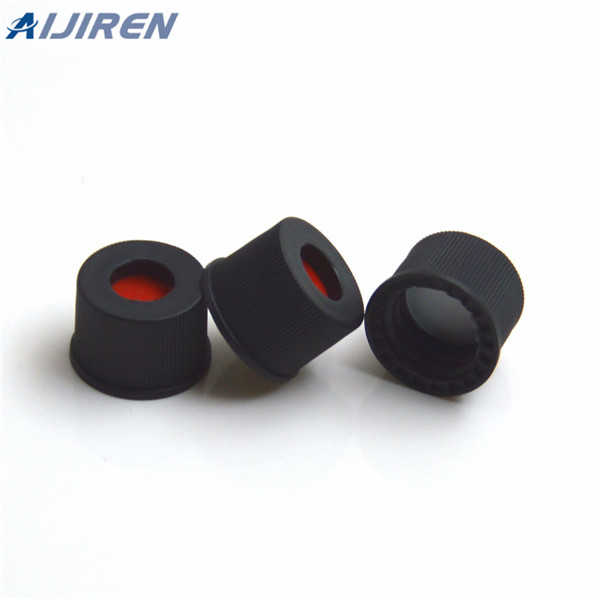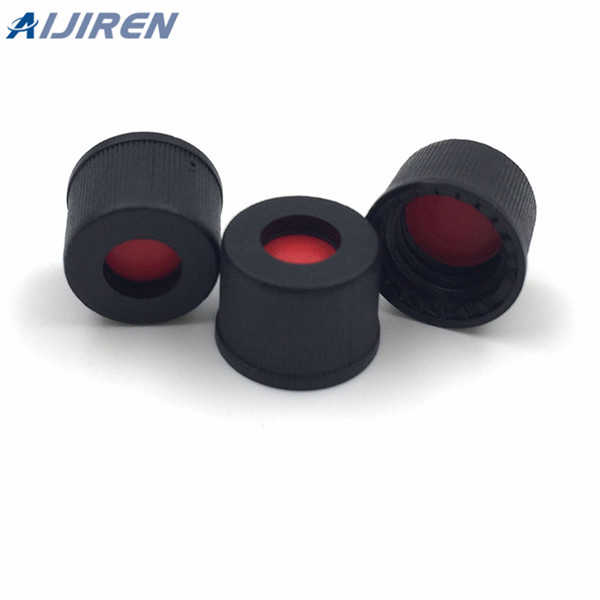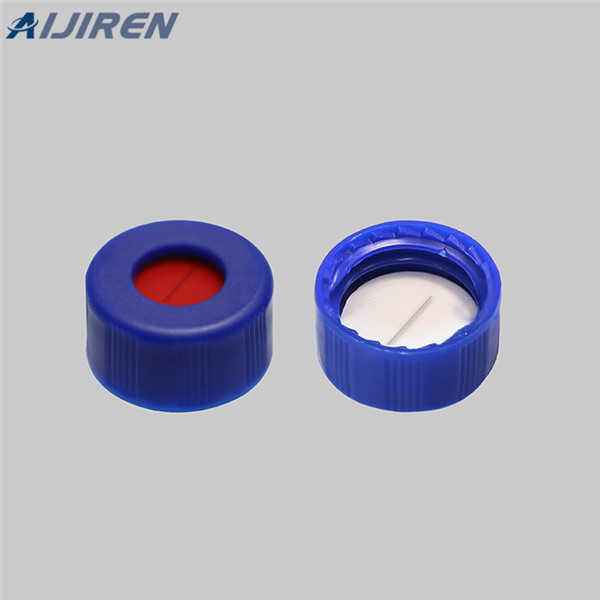Choosing the Right Septum for Solid Phase Microextraction (SPME)
-
Sample preparation technique. Solid Phase Microextraction (SPME) is a fast, solvent-less sample extraction technique. It is used for extracting organics from a matrix (solid, liquid, or gaseous) into or onto a stationary phase immobilized on a fiber. In SPME, analytes establish equilibria among the sample matrix, the headspace above the sample
-
Mar 31, 2022 · Solid Phase Microextraction (SPME) is an innovative, solvent-free sample prep technology that is fast, economical, and versatile. SPME has gained widespread acceptance as a preferred technique for
-
preparation is solid-phase microextraction (SPME). It was invented by Pawliszyn and co-workers3,4 in 1989 in an attempt to redress limitations inherent in SPE and LLE. SPME integrates sampling, extraction, concentration and sample introduction into a single solvent-free step. Analytes in the sample are directly extracted and concentrated to the
-
Apr 1, 2019 · The technique of solid-phase microextraction (SPME) developed in 1990 by Professor Pawliszyn from University of Waterloo (Canada) [1] is based on a transfer of analytes from sample to a micro coating with their subsequent desorption to gas or liquid chromatograph (Fig. 1) [2]. SPME combining stages of extraction, preconcentration and cleanup
-
SPME has a number of advantages: (1) the small sampling needle is relatively nonintrusive and is cost-effective, (2) the coated material on the needle can be diverse, allowing for a wide range of applications, and (3) the two-step integration method for sampling and sample preparation is convenient and time-efficient.
-
Mar 1, 2021 · This video provides a brief overview of Solid phase microextraction, or SPME, and how it is used to extract organic analytes from a matrix onto a stationary phase. The process is demonstrated
-
Dec 24, 2018 · The primary objective of this review article is to strategically screen and highlight the advancements in the area of solid phase microextraction (SPME). The plenty of review articles have been written on different aspects of SPME, this review is dedicated to provide the brief but clear overview of the research footprints so produced from SPME.
-
The entire portfolio of our traditional Supelco ® SPME fibers is now available in the Smart SPME format for accurate, precise and consistent results. This range of engineered sorbent phases offer the following benefits: Optimal extraction and desorption efficiency. Minimized sample carryover. Sampling of analytes over a wide molecular weight
-
Insert the holder into the sampling stand, passing the needle through the septum that seals the sample vial. When sampling a liquid, position the SPME fiber in the headspace just above the stirring vortex of the liquid sample. If a solid sample is to be extracted, position the SPME fiber above the surface of the solid without touching it.
-
Oct 26, 2021 · Solid Phase Micro-Extraction (SPME) is a simple adsorption/desorption technique that uses a fibre coated in an adsorbent material to extract analytes from liquid matrices or headspace gas. The sample is pierced by the needle and the SPME fibre is then exposed to the sample which allows analytes to adsorb to it. (Figure 2 from Chromacademy)
-
May 1, 2023 · The term sorbent-based microextraction is of paramount importance here since it covers both micro-solid extraction and solid-phase microextraction approaches which are covered in this article. In fact, it presents the current state of the art, along with the numerous references to the most important and representative original works describing
-
Sep 15, 2017 · Headspace solid-phase microextraction (HSSPME) sampling under vacuum conditions is a new and effective approach to accelerate the extraction kinetics of analytes with a low affinity for the headspace. Vacuum-assisted HSSPME (Vac-HSSPME) evolved from this approach and the resulting methods were always found to yield high extraction efficiencies
-
May 24, 2022 · Solid-phase microextraction (SPME) possesses unique features that allow it to be used in analyses that would not be possible with traditional sample-preparation methods. The simplicity of SPME protocols and extraction devices makes it a uniform platform for analyzing biological samples, either via the headspace or in direct immersion mode. Furthermore, flexible probe design enables SPME to be
-
Beginners should consider using a manual SPME fiber and holder. The manual system allows the analyst to optimize the extraction process by evaluating different fibers and extraction conditions in a consistent manner. Begin the extraction process by placing the sample into the vial puck on the hotplate.
-
Publisher Summary. Solid-phase microextraction (SPME) is a solvent-free sample preparation technique that integrates sampling, isolation, and concentration. Its simplicity of use, relatively short sample processing time, and fiber reusability have made SPME an attractive choice for many analytical applications.
you can contact us in the following ways.

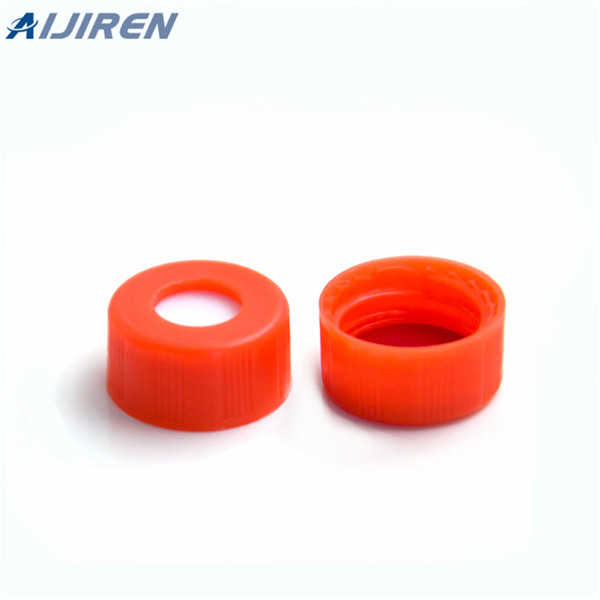
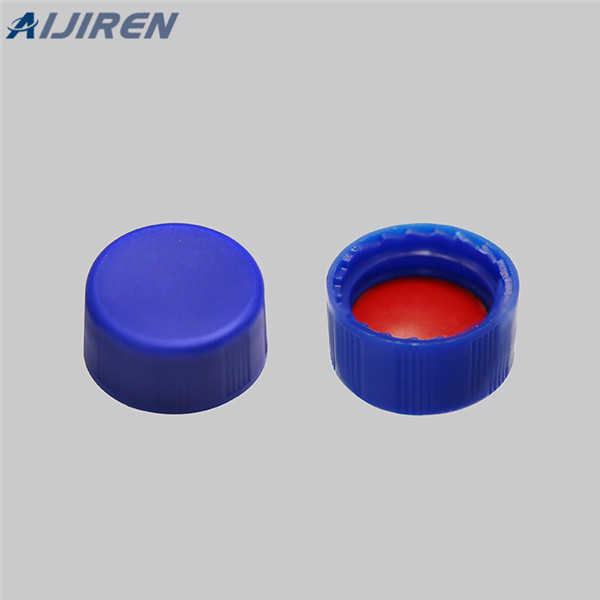
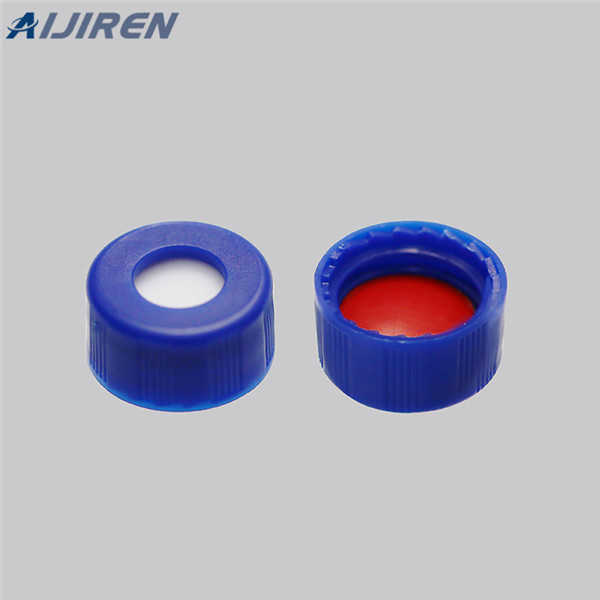

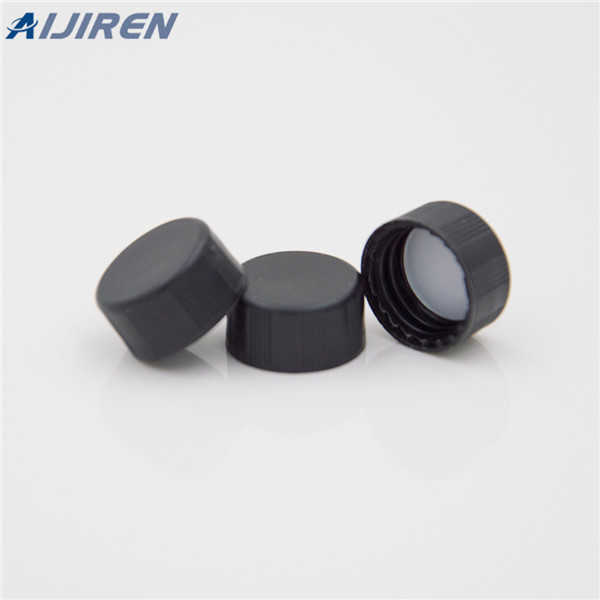

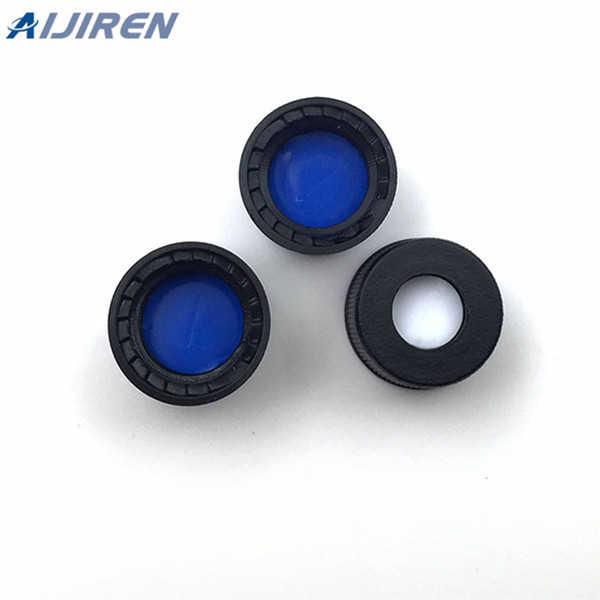

.jpg)
